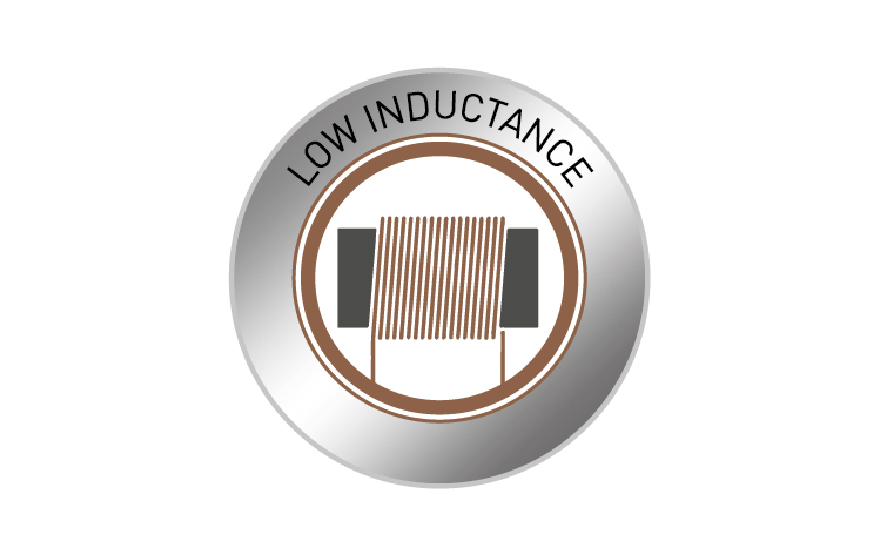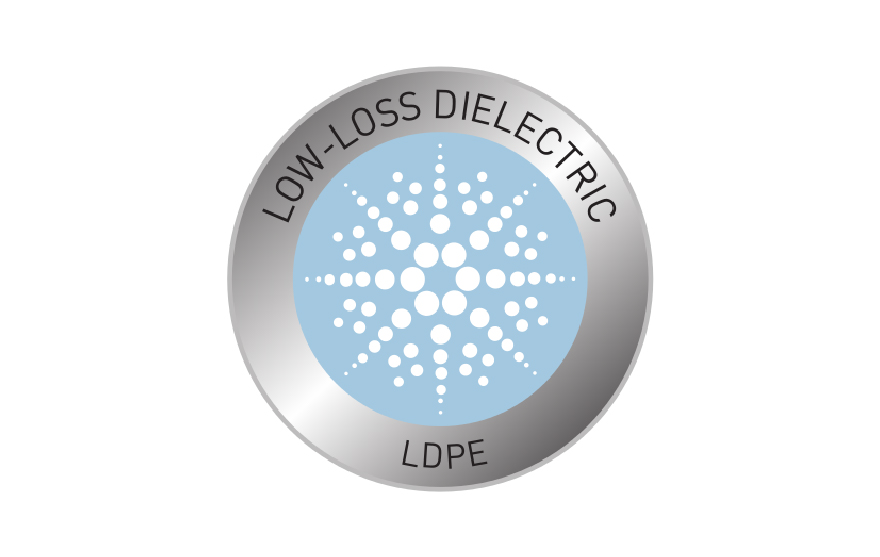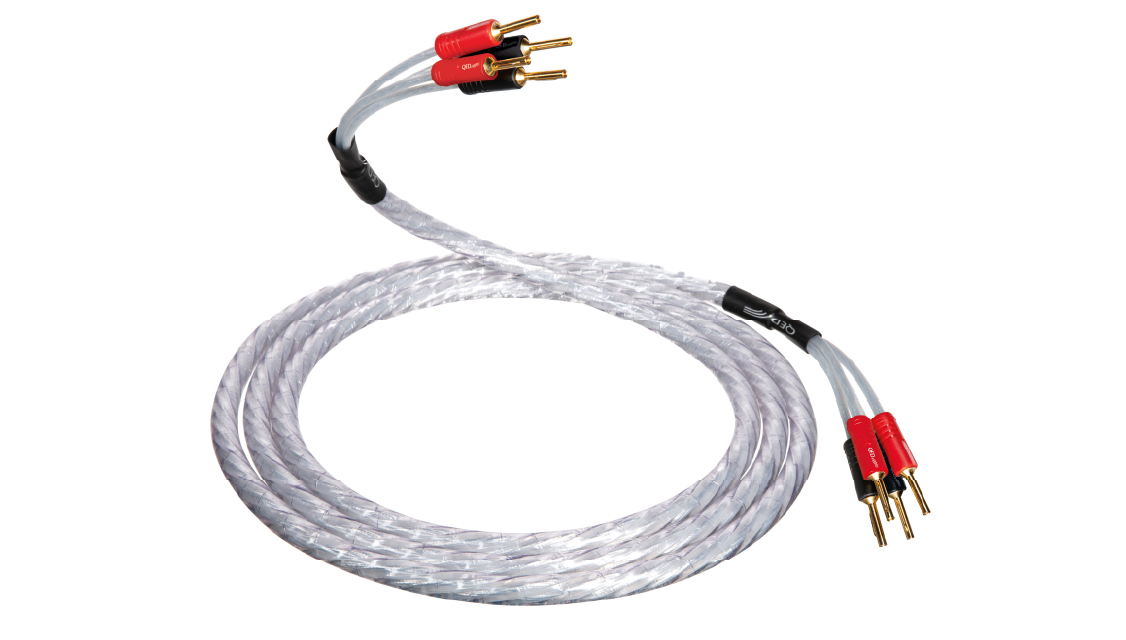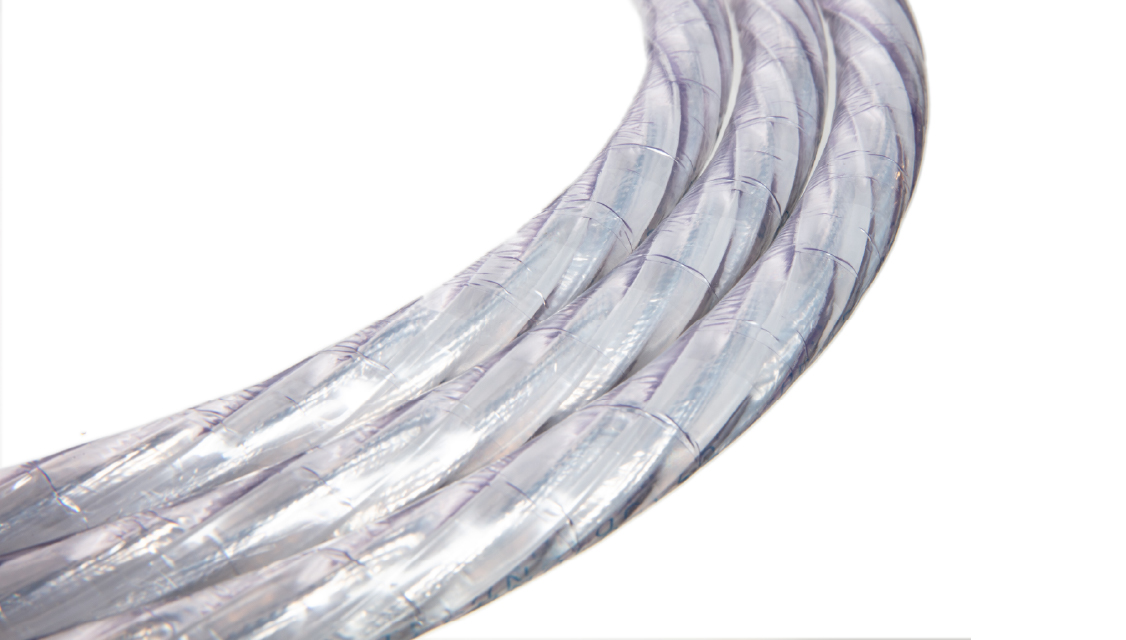
At QED we recognise that low DC resistance of the loudspeaker cable is of paramount importance for high fidelity signal transfer. This is because the speaker presents a frequency dependent load to the amplifier of which the cable forms a variable proportion. If resistance is allowed to be too large, then audible changes to the frequency response characteristics of the loudspeaker will be introduced which cannot be corrected by the amplifier’s negative feedback loop.

Cable inductance is a prime cause of high-frequency attenuation and phase shift in loudspeaker cables. High inductance causes cable impedance to rise with frequency, reducing output in the very upper frequency range, sometimes preceded by response peaking.

It is not generally appreciated that electrical signals, moving at or near the speed of light in a circuit, do so via the medium of electromagnetic (EM) waveforms, which exist not only within the copper conductors themselves but also within the dielectric which insulates one from another. The movement of electrons around the circuit merely facilitates generation of the EM waveform, as their drift velocity, measuring only a few centimetres per second, is much slower than the speed of light.

As frequency increases, electrons flow more and more towards the periphery of a conductor so that if the frequency is high enough only a very thin layer (or skin) on the outside of the conductor is used. This skin depth varies for different materials at a fixed frequency and in copper it means that if a conductor has larger than 0.66 mm 2 cross-sectional area, not all of that area is available for an analogue music signal to use.



















Welcome to leave your comments for other users' reference